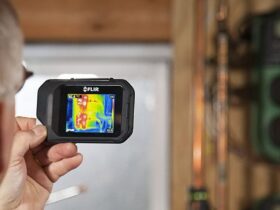Software testing can be performed both automatically and manually. While manual testing cannot be executed without a human tester, automated testing relies on specialized software tools. For Microsoft Dynamics 365, the variety of automated solutions includes official Microsoft automation testing tools, open-source libraries and proprietary software.
Human Intervention and Cost
In this article, you will find more information about the differences between the two testing methods.
Although the idea of test automation is to enable the process of test execution without human supervision, the assistance of manual testers may still be required depending on the automation tool. For example, official Microsoft automation testing tools for Microsoft Dynamics 365 such as RSAT as well as open-source libraries such as Selenium cannot be used without a programmer. Setting up the test environment, test preparation and automating other components, for instance, reporting, may require programming knowledge.
At the same time, there are tools like Executive Automats that come with a user-friendly no-code interface for creating test cases and built-in automated reporting.
The level of human intervention determines the possibility of errors occurring. Manual testing is more prone to errors. Incorrect data entry and missed steps are some of the common problems. The more repetitive the tests are, the more difficult it is for human testers to perform them without errors. This fact makes regression testing one of the best candidates for automation.
Must Read: What is Payroll Management System and why do you need to know about it?
Speed and Test Coverage
Since less human labor is required by automated testing, it is faster than the manual approach. Typically, no additional effort is needed to repeat tests, and they can be run on weekends and nights when human testers are not normally available.
In addition, automation allows for greater test volume and can support concurrent testing.
At the same time, not all types of tests can be covered by automated testing. Typically, these are tests that require human observation and feedback. User acceptance testing (UAT), exploratory security testing, usability testing, and ad-hoc testing are some of the most important examples of such tests.
Also Read: IR vs. Thermal Cameras: Understanding The Difference
Testing Cost
Manual testing is considered a less expensive option than automated testing because it does not require the initial investment usually associated with using proprietary automation tools.
However, open-source libraries are also free. Some testing solutions developed by companies specifically for testing their own software, such as Microsoft automation testing tools for D365, can also be free.
However, both manual testing and automation with free libraries rely heavily on the help of professional testers. The work of such specialists can be rather costly and often provides companies with a lower ROI (return on investment) than paid tools.
Faster test results and fewer errors also minimize the final costs associated with automated testing.










